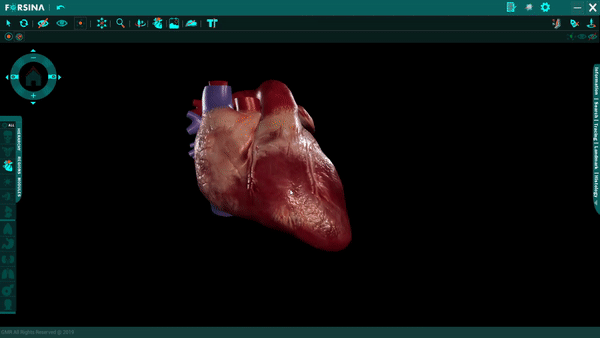
The Heart Overview
The heart is a muscular organ of the cardiovascular system located in the center of the chest with its apex tilted slightly to the left. The main function of the heart is to pump oxygen-rich blood to the entire body through a vast network of arteries and veins.
The heart contains four chambers that regulate the movement of the blood to the lungs and the rest of the body. The chambers of the heart are:
-
Right atrium: Blood arrives from the veins to the right atrium which pumps it to the right ventricle.
-
Right ventricle: The right ventricle receives blood from the right atrium and pumps it to the lungs to be oxygenated.
-
Left atrium: The left atrium receives oxygenated blood from the lung and pumps it to the left ventricle.
-
Left ventricle: The left ventricle is the strongest chamber of the heart as it pumps oxygen-rich blood to the rest of the body. Also, the contractions of the left ventricle create what is known as blood pressure.